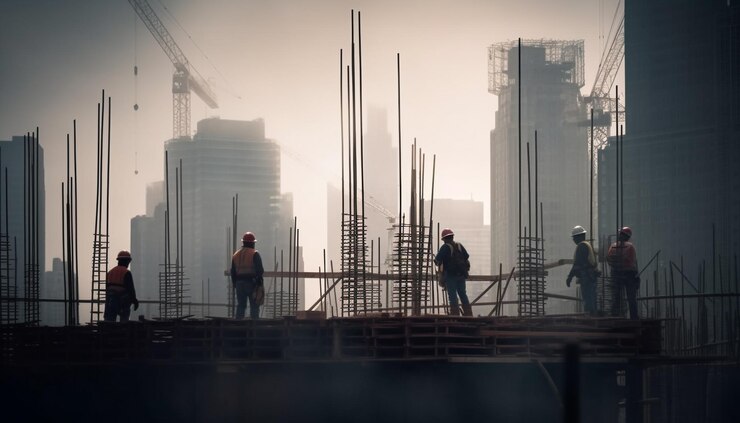
Site Planning by Using Sustainable Materials & Renewable Energy in Civil Engineering
One of the main causes of environmental deterioration is the construction industry. The industry is in charge of using a sizable amount of energy, water, and natural resources, as well as producing a sizable amount of waste and greenhouse gas emissions. In order to lessen the worsening effects of the building sector on the environment, it is necessary for civil engineers to embrace sustainable construction practises. The methods listed below are crucial for sustainable civil engineering construction.
- Better Utilization of Renewable Energy Sources
Using renewable energy sources, such solar, wind, and geothermal energy, can drastically reduce a building project’s carbon impact. Construction sites can be powered by solar and wind energy systems, reducing their reliance on fossil fuels.
- Use of Sustainable Materials
Reduce the need for virgin materials and waste by using sustainable materials like bamboo, reused wood and recycled steel. Adobe and rammed earth are examples of materials with low embodied energy that can be used in construction projects to lessen their worsen impact on the environment.
- Water Conservation
In construction projects, water should be conserved because it is a valuable resource. Water usage on construction sites can be decreased by using low-flow fixtures and installing water recycling systems.
- Green Building Certification
Construction projects can be assured that they adhere to sustainability requirements with the use of green building certifications like LEED, BREEAM, and Green Star. These accreditations offer a framework for environmentally friendly building design and construction and can lessen the negative effects of a construction project on the environment.
- Waste Reduction
Environmental deterioration is significantly exacerbated by construction trash. The quantity of waste produced by building projects can be reduced by using waste reduction measures including recycling and material reuse.
- Sustainable Site Planning
Designing a construction project with the environment in mind is known as sustainable site planning. This takes into account factors including site selection, landscaping, and stormwater management. Planning a site sustainably helps lessen the negative effects of building on the surrounding area.
- Energy-efficient Design
A building’s energy usage can be significantly influenced by its design. Building energy use can be decreased by using energy-efficient design techniques including passive solar heating, natural ventilation, and energy-efficient lighting.
Conclusion
To lessen the environmental impact of the construction business, civil engineers must embrace sustainable construction techniques. Using sustainable construction methods can help cut down on waste, greenhouse gas emissions, and the use of natural resources. Sustainable building techniques can be used to build buildings that are safer, more sustainable, and better for society and the environment. We can create a brighter future for our generation as well as the generations to come by implementing sustainable construction techniques.







